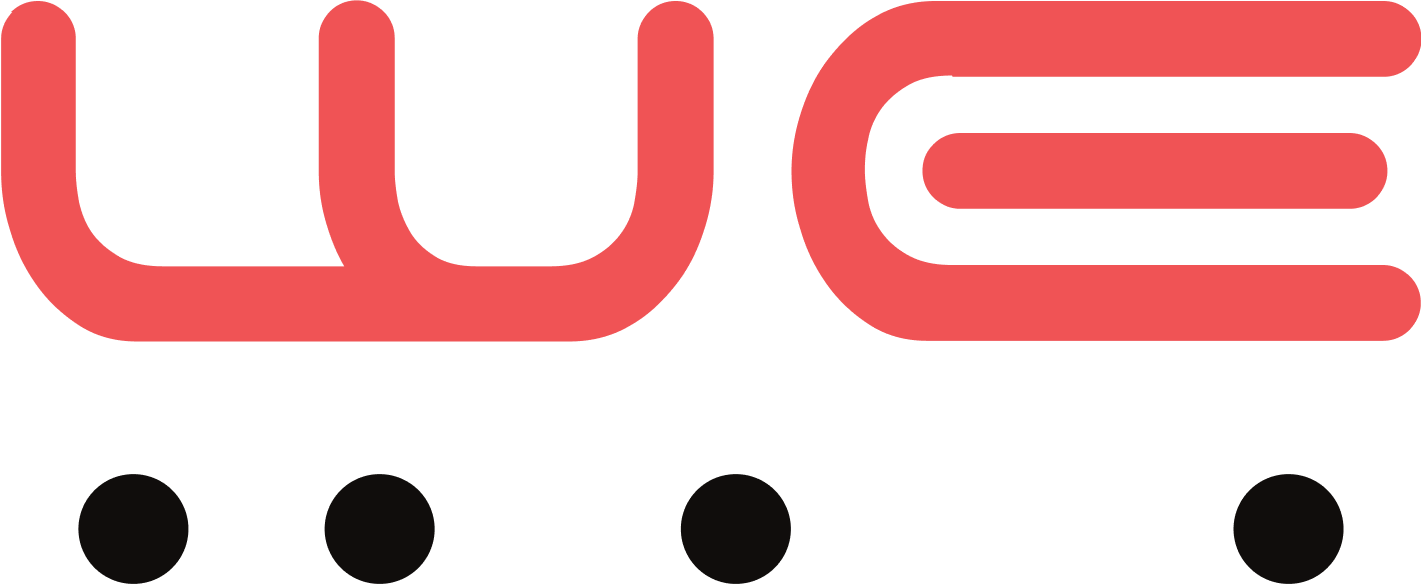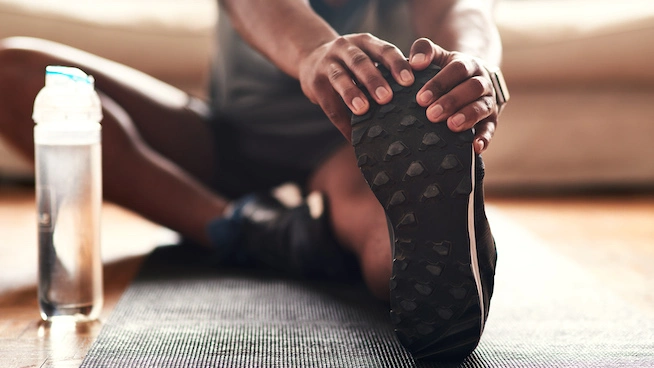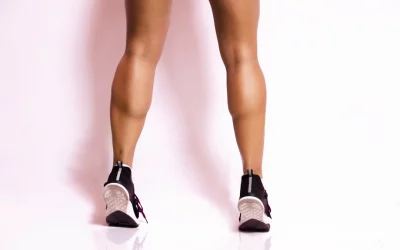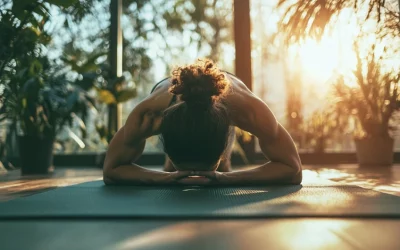Stretching: More Than Just Gym Class Basics
Did you know that stretching goes far beyond the simple routines you learned in gym class? While most people agree that stretching feels amazing, its benefits extend well beyond just a good stretch.
Stretching plays a crucial role in enhancing overall health and fitness. One of its most powerful benefits is increased blood flow to the muscles, which delivers essential nutrients needed for muscle growth and recovery. At the same time, this enhanced circulation helps flush out waste by-products, speeding up recovery after workouts and reducing soreness.
Whether you’re an athlete, a weekend warrior, or simply looking to improve your daily movement, incorporating a variety of stretching techniques can help you perform better, recover faster, and feel your best every day. It’s time to rethink stretching—not as an afterthought, but as a vital part of your wellness routine.
Four incredible benefits of stretching:
- Improves your flexibility & range of motion. This makes it easier and less tiring to perform daily activities
- Gives you a better posture. Tight muscles pull your body into awkward positions, like being hunched over from back pain.
- Maintaining a full range of motion through your joints improves your coordination. Good coordination protects us from falls and keeps us mobile as we age.
- Helps relax tense muscles and reduces anxiety.
So let’s look at five different types of stretching methods that can help you achieve your health and fitness goals.
What are the Types of Stretching?
Static Stretching Method
Static stretching holds each stretch over time (usually 30-60 seconds.) This is typically what we did in high school gym classes.
Static stretching has fallen somewhat out of favour because of studies that reported that it temporarily decreases athletic performance.
However, the decline in performance occurs when stretches are performed without an adequate warm-up. Researcher David Behm found that including static stretching within a routine that included dynamic activity afterward decreases the risk of injury and increases range of motion.
Expert’s Recommendations
Karl Riecken (USA Triathalon Performance Center), suggests 3-5 minutes of aerobic activity, followed by one to three sets of static stretching from 15 to 45 seconds in duration. Then do another short session of aerobic activity before beginning your workout session to optimize the benefits.
This technique offers reduced cramping, improved range of motion, and a decrease in delayed onset muscle soreness, as well as being able to prevent injuries.
Dynamic Stretching Method
Dynamic stretching (DS), otherwise known as active stretching, uses movement to warm up your muscles and joints. This is one of the ways you can increase your range of motion safely. Some examples of DS are lunging with a twist to one side, high kicks with outstretched arms, and jump squats.
DS is popular as a pre-workout warmup because it helps to increase range of motion. It also enhances muscular power and performance. One of the main benefits of dynamic stretching is that it warms up the muscles to their peak performance temperature.
This method can improve your mobility short and long term and reduce your possibility of injury.
Ballistic Stretching Method
Ballistic stretching includes rapid, bouncing, and repetitive motions that help to increase range of motion. The aim of the process is to force the muscles past their normal range of motion.
One example is if you’ve ever seen a ballerina bouncing up and down to touch her toes to stretch her hip flexors. While ballistic stretching has its applications for certain sports and dancing, it isn’t ideal for everyone. Don’t attempt this method without the supervision of an experienced trainer or without guided medical advice because of its high injury potential.
Ballistic Movement Can Be Risky
Ballistic stretching exercises make individuals more susceptible to injury because it forces their limbs to extend past their normal range of motion. This can lead to a tear or sprain from the pressure on the muscles. In extreme cases, it can permanently damage muscle tissue and nerves. It can also trigger the stretch mechanism, where the muscles tighten to protect ligaments and joints from moving past their end range of motion.
A British Journal of Sports Medicine study indicated that ballistic stretching can improve hamstring flexibility for people who suffer from too-tight hamstrings. If you’re looking to push your body past its comfort zone, this method may be right for you. Just make sure you understand the risks involved with this stretching method.
Proprioceptive Neuromuscular Facilitation
PNF is an advanced form of stretching originally developed to help patients with neurological impairment (brain injuries, strokes, multiple sclerosis, etc.) This type of flexibility and strength training uses a combination of muscle lengthening and contraction to target specific muscle groups.
Ask a friend to help
According to Brad Walker, PNF requires the target muscle group to be positioned so the muscles are stretched and under tension. Then, the individual contracts the muscle group for a few seconds while a partner (or immovable object) holds the limb in place. Next, the muscle group is relaxed, then a controlled stretch of 20-30 seconds is performed. After the muscle group is rested for 30 seconds, then the entire process is repeated 2-4 times.
Improved Athletic Performance
PNF produces faster improvements in range of motion than static stretching does. It also improves athletic performance and helps repair the muscle micro-tears in muscle that occur from high-intensity workouts.
Note: It is recommended that PNF exercises be completed after a workout, not before.
Loaded Progressive Stretching Method
Loaded Progressive Stretching (LPS) is when resistance is added to the stretch in the form of a weight or a partner. This produces a greater degree of stretching that can be achieved without the load. The idea behind LPS is to expand the layer of connective tissue that lies over the muscles called fascia.
Fascia acts much like a protective bag that covers the muscles. The tightness of this layer determines how much the muscle can expand. Once the muscles reach a certain point in growth, the fascia will slow growth down in order to protect against rupture. Only by expanding the fascia layer will further muscle growth occur.
Lift Heavier/Grow Muscle
In addition, LPS enables your central nervous system to lift heavier weights. The deeper, fuller stretch achieved during LPS tells your brain to recruit more muscle fibers for your effort. This technique allows you to increase your weight during your next few repetitions by 5-10%, which leads to muscle growth.
Feeling Overwhelmed by All These Different Methods?
WeStretch is here to make stretching simple and straightforward so you don’t have to feel overwhelmed. Our app delivers custom stretching routines that build on your past progress.
Each session will get a little more challenging, but you will never be pushed too far, or too fast. WeStretch is perfect for any age or fitness level. You can even challenge your friends and family to stretch with you to help keep you accountable!
Download WeStretch today to get started!
Updated May 27, 2021






